|
By Teresa J. Y. Kim, HRNK International Outreach Fellow Edited by Raymond Ha, HRNK Director of Operations and Research Lee Min-Hak, a veteran of the Korean War (1950–53) and a North Korean refugee, never spoke of the war with his family during his lifetime. It was too painful to recount. He did, however, leave a journal behind. A few years after his passing, I watched my mother – his daughter – pull out his journal from under a pile of his belongings. She held back her tears as she began sifting through its pages. The journal is beautifully intact, its pages orderly and neat. In his journal entries, you can see faint pencil ruler markings underneath the dark, glossy black ink of his carefully written script of Hangul (the Korean language) and Hanja (the use of Chinese characters for writing in the Korean language). Following Lee Min-Hak’s service in the South Korean Army during the Korean War, he continued to serve in the army as a military engineer. He soon joined the officer corps (장교단) and eventually retired as a colonel (공병 연대장) from the Engineer Battalion. Lee received multiple awards for his service to the country from the government of the Republic of Korea. Most notably, he received awards from President Park Chung-Hee (October 1, 1971) and President Kim Young-Sam (June 1, 1993). He also received a medal from the United Nations acknowledging his role as a “6.25 War Correspondent” for the Republic of Korea, which is shown below. 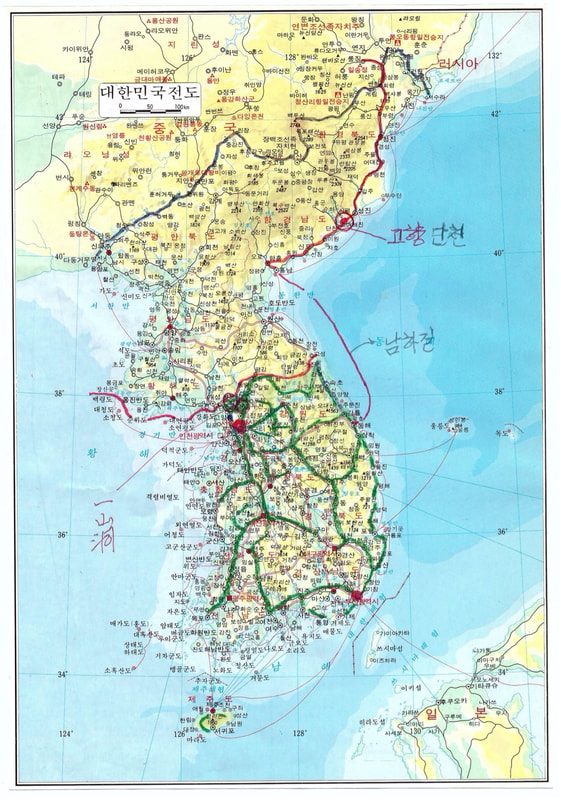 The red markings on this map by Lee Min-Hak retraces his route from his hometown in Dancheon, northern Korea to the southernmost area of the Korean Peninsula in Busan. Lee met his wife close to the time of the armistice (1953) in Busan. On the left of the map, Lee circled his new home, Ilsan-dong, where his wife still lives to this day. © Teresa J. Y. Kim 2022. When the war first erupted, Lee Min-Hak was a young, 21-year-old schoolteacher in his hometown in Dancheon. One day, South Korean soldiers came to the playground of the school to warn him that he, being a schoolteacher, was in imminent danger. The soldiers offered him a seat on their truck that was leaving Dancheon that very day. Fearful of what the South Korean soldiers told him, Lee went home, packed a bag, and quickly said goodbye to his mother with the mind that he would return home once it was deemed to be safe again. He got onto the truck with the South Korean soldiers. Lee was then driven out of Dancheon. He neither returned nor saw his family ever again. Once he arrived in southern Korea, Lee chose to enlist as a South Korean soldier purely out of necessity. During the war, there was virtually no other choice for a young man like Lee. Not to mention, Lee was essentially a refugee, with no form of identity or a place to belong in unfamiliar surroundings. This was why Lee became a soldier. He had to survive and defend himself as a young Korean man living through war. The diary that Lee left behind offers deeply emotional entries about missing his hometown back in Dancheon, a port city in the north-eastern part of South Hamgyong Province in North Korea. Throughout his diary, he describes the agonising pain of not being able to reunite with his family members, who remained in Dancheon after the armistice was signed in 1953. Upon reading his writings, “missing” family seems like an understatement. What Lee conveys in his diary is a lifetime of deep sorrow, having been forcibly separated from his parents and siblings due to the war. Most of his entries express this unending sadness. Not knowing whether his family is still alive and if he will be able to reunite with them in a “unified Korea” is met with a heart-wrenching acknowledgement by those who are willing to resonate with a man’s experience of war. Lee Min-Hak was 86-years-old when he passed away on the 18th of May, 2016. He is now laid to rest among fellow veterans amidst the tranquil beauty of rolling hills and green landscapes provided as open spaces for loved ones to visit and pay tribute, especially during Chuseok (Korean Harvest Day), at the Daejeon National Cemetery (국립대전현충원). Lee’s life and legacy represents one of many narratives surrounding war, migration, and displacement. As aforementioned, Lee fought for peace so he could return back home to Dancheon to be with his family. Yet, his story is only one of countless experiences of people who were pushed into a life of war and displacement without being given a choice other than to fight. As a generation of Korean War veterans pass away, we must not forget why they fought in the first place. After all, to honour the efforts of advocating for North Korean rights is to honour the lives of people like Lee Min-Hak. This article is written by Teresa J. Y. Kim, granddaughter of Lee Min-Hak. Teresa J. Y. Kim is the International Outreach Fellow and Head of the Legal Research Division at HRNK. She received a Master of Laws (LLM) in International Law from the University of Edinburgh, with Distinction, in December 2021. Previous to this, she received a Bachelor of Arts (Hons) in History and International Relations from King’s College London in 2020. Teresa hopes that in sharing Lee Min-Hak’s story, she can shed light on North Korean human rights in the context of a young Korean man who fought in the Korean War. All images used in this article are copyrighted by Teresa J. Y. Kim.
1 Comment
|
DedicationHRNK staff members and interns wish to dedicate this program to our colleagues Katty Chi and Miran Song. Categories
All
Archives
June 2024
Categories
All
|
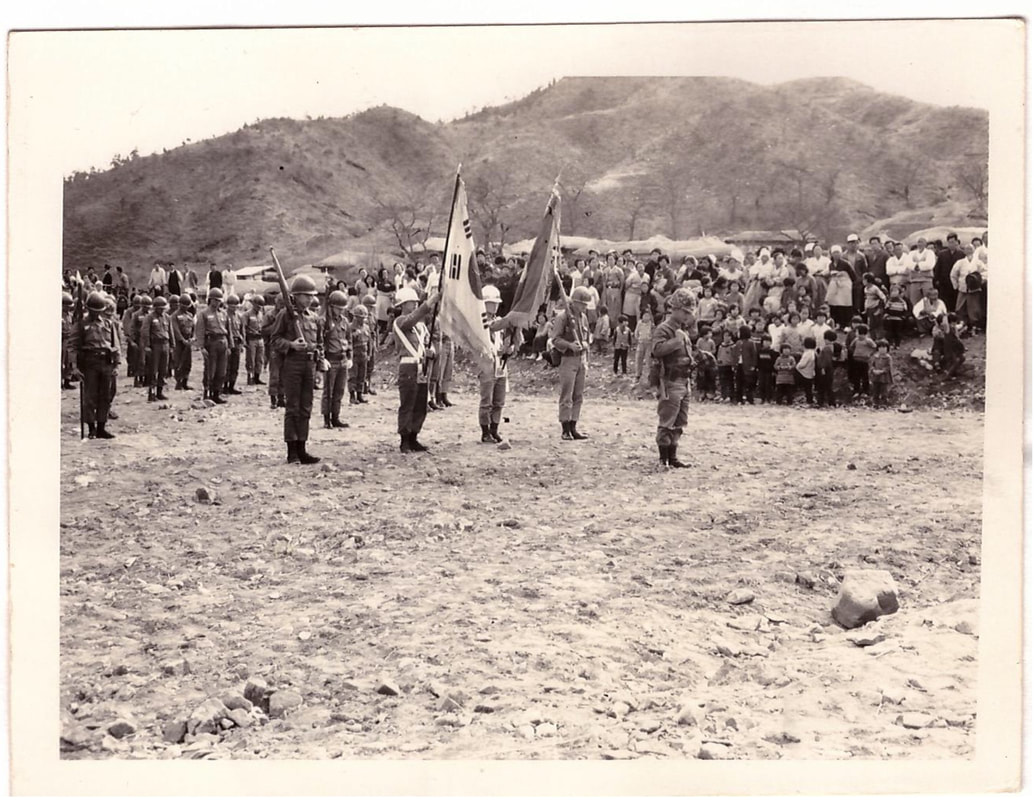
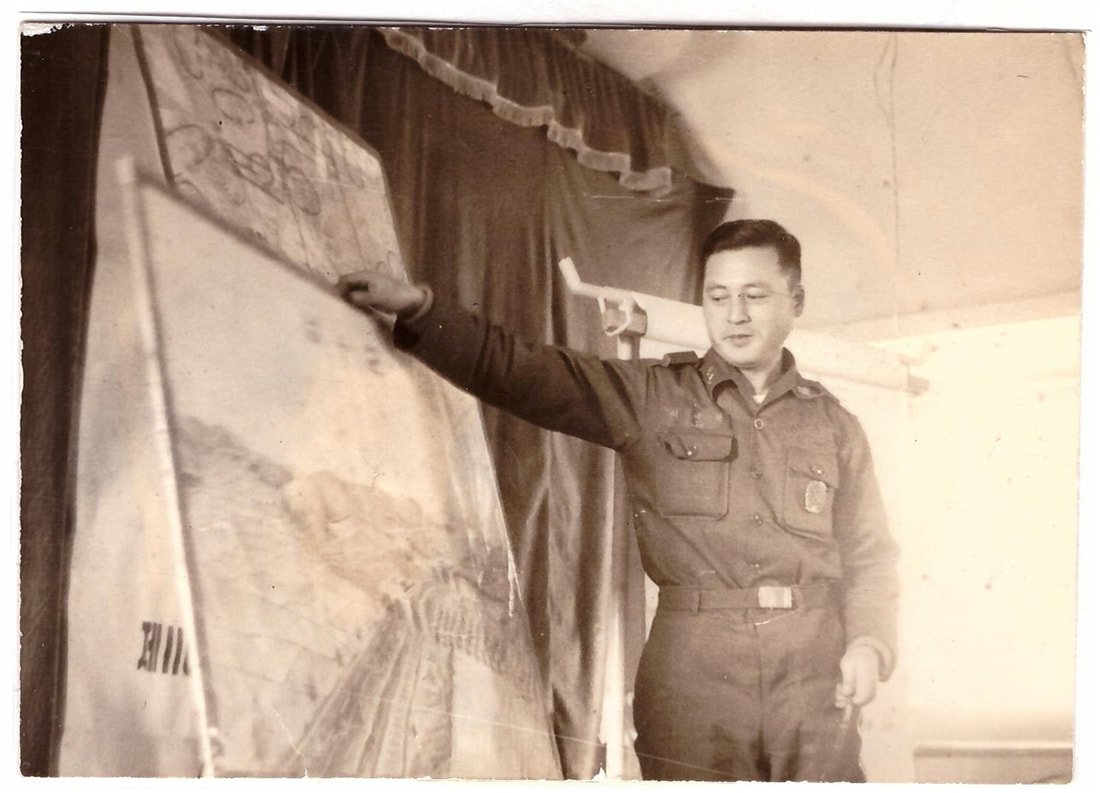
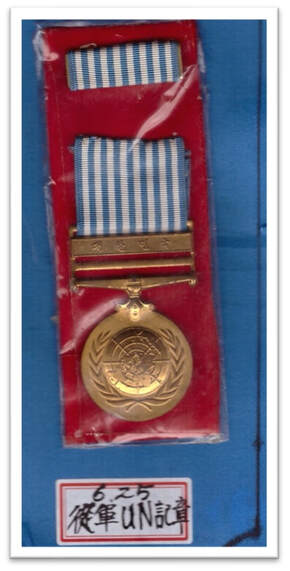
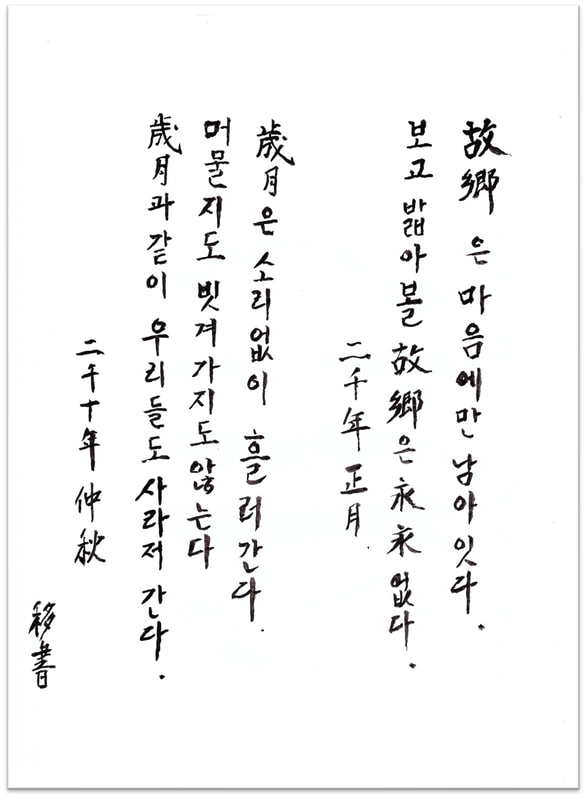
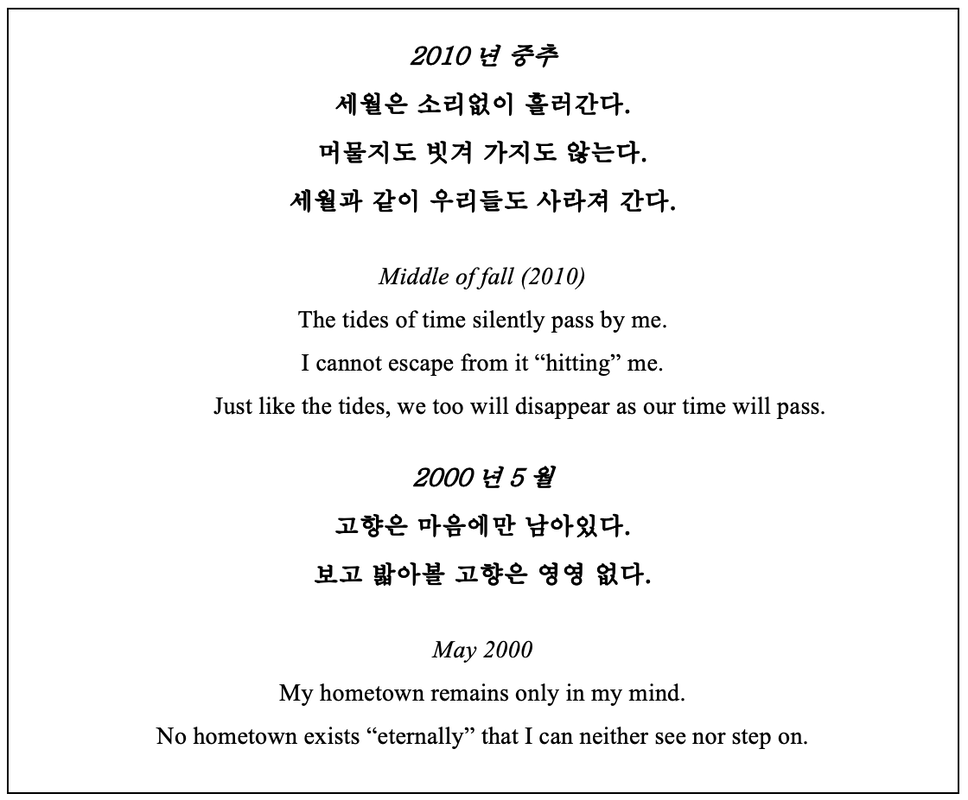
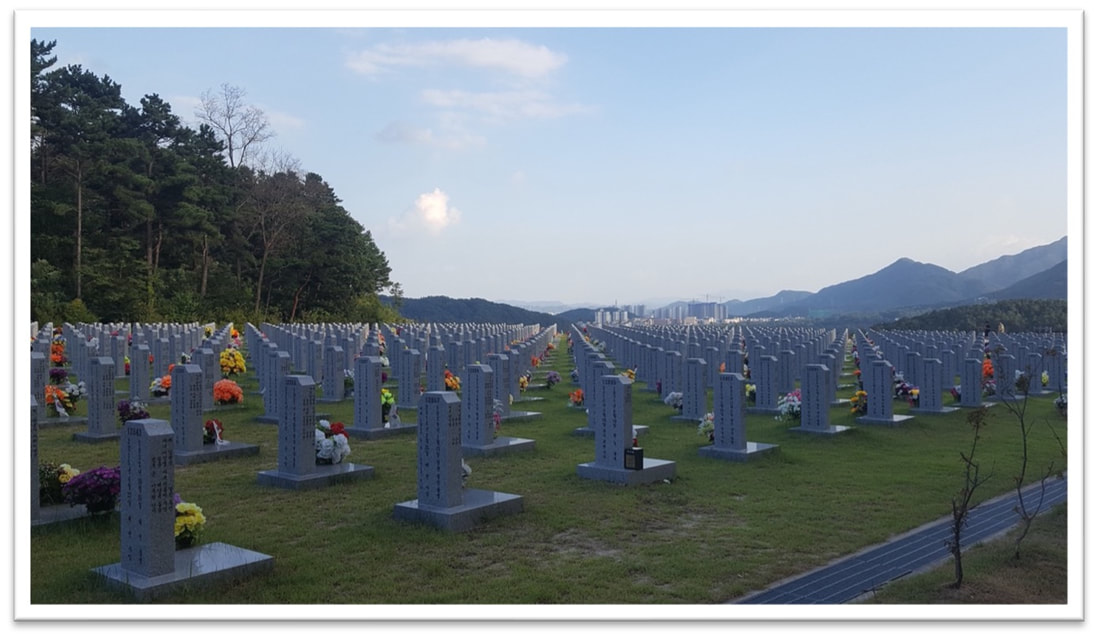
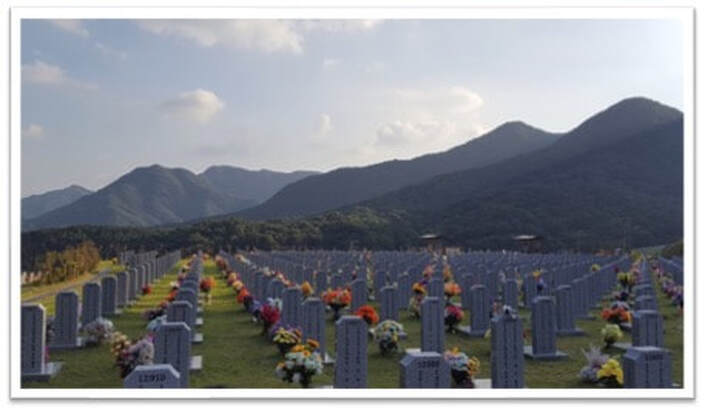
 RSS Feed
RSS Feed
